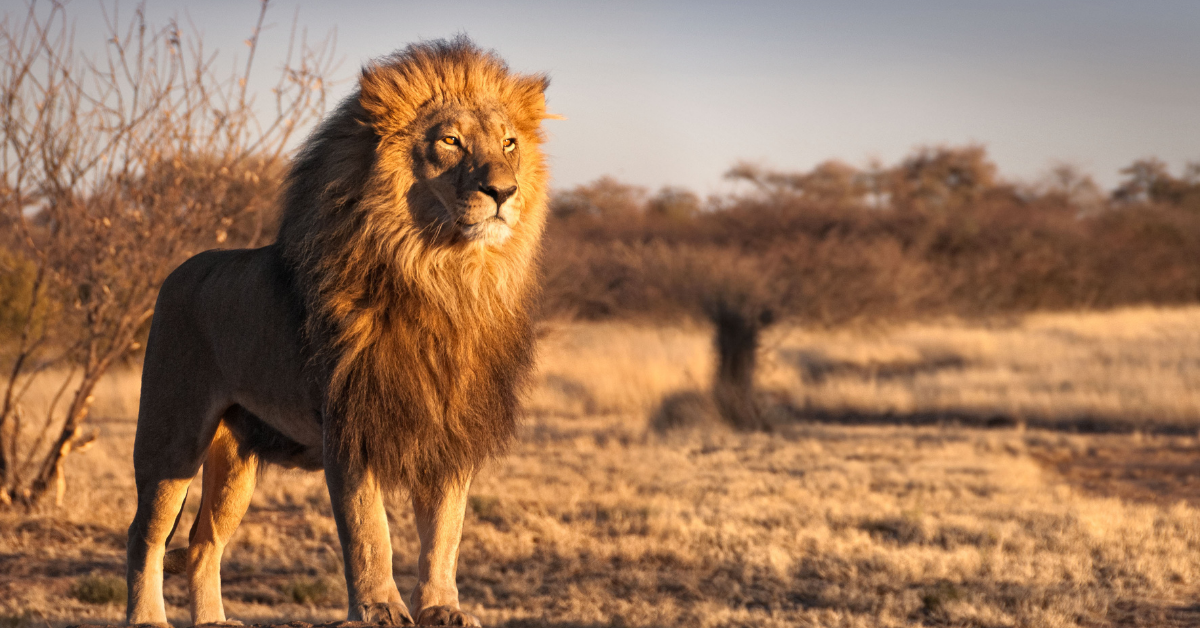
Snow leopards are a solitary and elusive big cat species, inhabiting the high-altitude mountains of Central and South Asia. Hunting Behavior of Snow Leopards Snow leopards are opportunistic predators, taking advantage of whatever prey is available to them at the time. Their primary prey consists of blue sheep, also known as bharal, and Himalayan tahr, as well as smaller prey such as marmots, hares, and birds.








